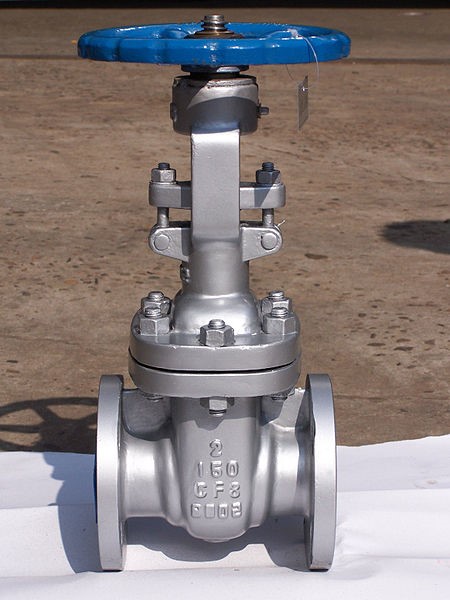When designing any kind of system, the use of valves within the construction allows the flow of liquids or gases to be controlled effectively and safely. This makes the processes within the system measurable, replicable and efficient.

As the UK manufacturing sector recovered from a range of setbacks including the credit crunch, global slowdown and the recent uncertainty surrounding membership and withdrawal from the European Union, it now occupies a great position in the global marketplace. Manufacturing is now responsible for 11% of the UK’s GVA, over half of all exports and has provided jobs for over 2.5 million people. Let’s take a look at one of the unsung heroes of manufacturing: industrial valves.
Types of valve
There are many different types of valves used within systems, each with their own specific application. A gate valve for example is used to start or stop the flow of a liquid through a pipe. One of the most common type of gate valve is that found within a household tap or stopcock. Just like in the home, a gate valve is used to control flow, stopping it when necessary.
When working with gases, a ball valve works in a similar way to a gate valve. The main difference is that the ball used to control the flow can offer a greater seal than the gate valve, making it ideal for controlling and halting the flow of gas.
For more information about the different industrial valves and their applications, visit a manufacturer’s website, such as Orseal.

Image Credit
Choosing the right type of valve for the job
When selecting a valve for your system, it is important to be fully aware of what is happening in each individual section. Knowing the materials flowing through at each point, as well as how much pressure the system is likely to be under, and the temperature of the liquid or gas, can help you not only select the design of the valve, but the materials that they are made from.
Gases run more safely through plastic valves, whilst any materials travelling under high pressure or temperature would be better served by metal valves.
A clear and well thought out plan of the system with estimates of all variables including pressure and temperature can help you to select the most appropriate valves first time, optimising your design and installation process.
